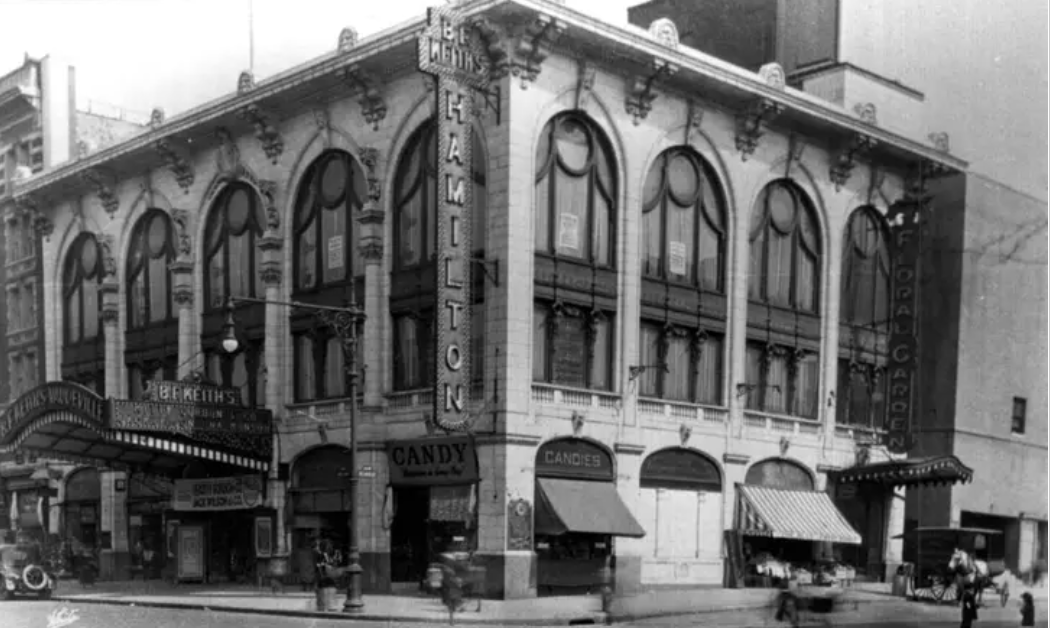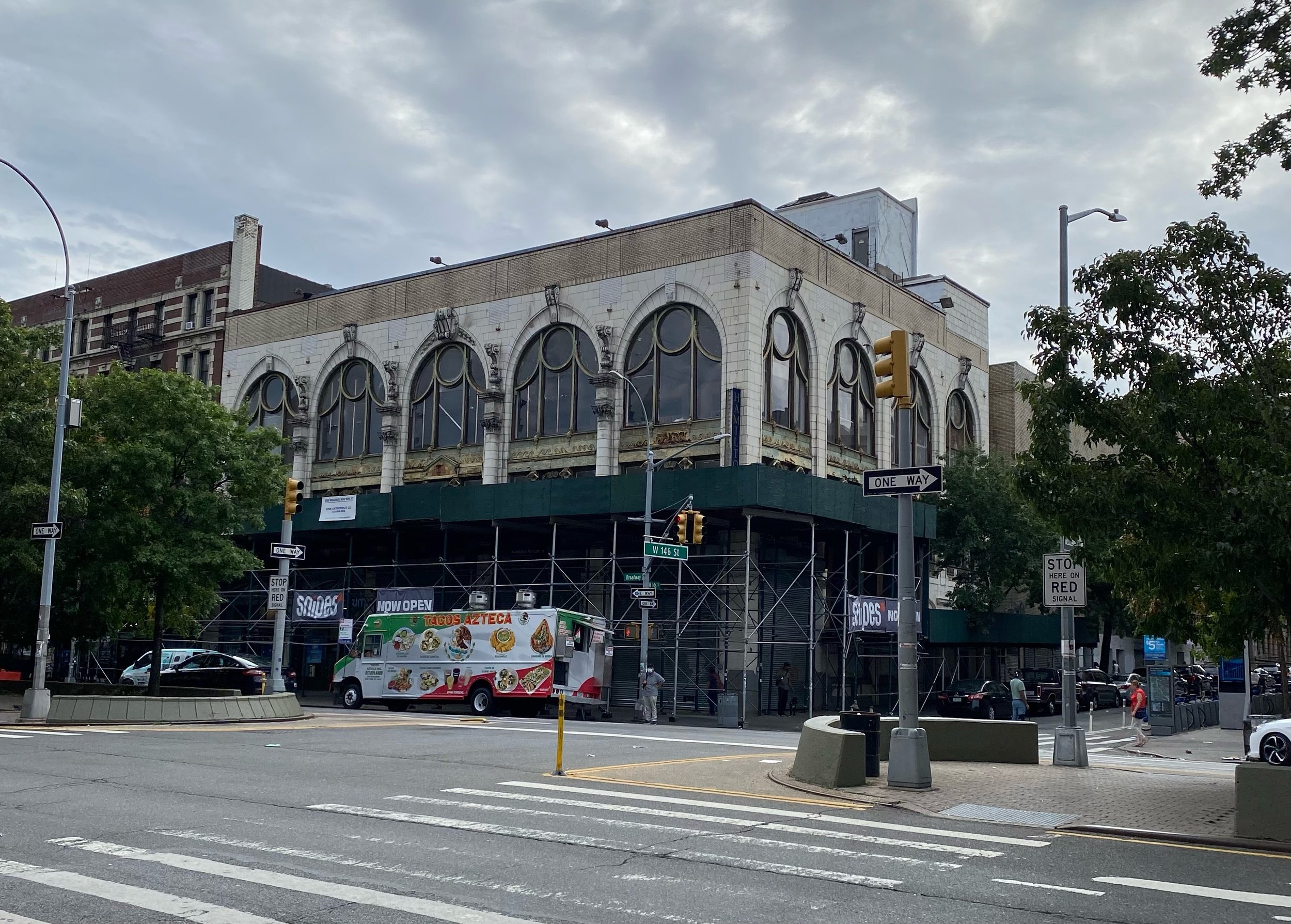Hamilton Heights: New York City’s Shifting Hideaway
Hamilton Heights, a neighborhood concealed by the shadows of New York City’s skyscrapers, is experiencing demographic and architectural changes.
By Ishya Washington
Downtown Manhattan is a pain in the neck. It quite literally hurts your neck to stare at all the soaring skyscrapers lined next to one another, towering over your minuscule human body.
When asked to picture the bustling Big Apple of New York City, the high-rise structures, beautiful sights, high-end restaurants and tourist attractions may come to mind.
But is this all there is to the city?
No two streets of NYC look the same. Each block, each corner, and each concrete square has its own unique personality. But when you walk away from the glass towers and head further uptown, you’ll find smaller communities, hidden from the glamor of Wall Street and Soho.
And Hamilton Heights is just one of many.
A Gold Mine of History and Beauty
Hamilton Heights is a neighborhood in New York City’s northern Manhattan, located in the uppermost section of West Harlem. It is a “diverse neighborhood with Black and Brown people, heavily leaning Latino,” said says Julian Riley, a resident of the area for 15 years. “It’s dense, it’s tight, and has been changing a lot over the last five years.”
The area is well-populated, ranking 15th among neighborhoods in Manhattan with 48,520 people in 2019, according to WorldAtlas. Hamilton Heights is a mile long, spanning from West 135th Street to West 155th Street.
Yuien Chin, executive director of Harlem One Stop and the West Harlem Community Prevention Organization. Chin received the Preservation Leadership Award for her efforts to bring Harlem's rich architectural and cultural heritage to the forefront.
But this neighborhood is more than just statistics, according to Yuien Chin, executive director of Harlem One Stop and the West Harlem Community Preservation Organization.
“It is an enclave of turn-of-the-century residential houses and apartment buildings, family-oriented, diverse, and, for the most part, quiet and relatively safe,” Chin says.
Another resident, 17-year-old Ian McIntyre, spoke of the beauty and character of the neighborhood’s historic buildings. “The traits and architecture of our area are just so captivating,” he says. “The craftsmanship of the brownstones and the pre-war buildings is just beautiful.”
The neighborhood is in fact a gold mine for historical landmarks, with stunning views over the Hudson River and a homey collection of small businesses. But like all people and places, things are changing around here. And the question is: How much change is too much change?
A Tidal Change
Gentrification is not a new phenomenon. Through gentrification, the identity of a disadvantaged urban area is transformed by wealthier individuals moving in, renovating housing and attracting new enterprises – and sometimes displacing current residents.
Within the past few years, McIntyre, who is Black, has observed a shift in Hamilton Heights that is not unique. “I’ve noticed an influx of white people, especially in my building,” he says. Along with this increase in the white population, other changes have taken place in the neighborhood, including the departure of some small businesses.
“We used to have a doughnut place that was terrible and no one went to, and now there’s a Chipotle,” says McIntyre, referring to a national fast-food chain.
So there is the dilemma. If that doughnut shop sold not-so-great doughnuts with not-so-great service, hasn’t it reached the end of its lifespan and can be rightfully replaced by a more well-known enterprise with better food?
One could argue that the introduction of bigger corporate stores into smaller, middle-income neighborhoods is beneficial. Establishing a new CVS drug store, for example, on the corner of 145th Street in place of a small bank branch, or opening a new Chipotle can be a compliment to the community. Having these major companies opening locations in Hamilton Heights shows that the neighborhood is marketable and growing.
However, this issue is not so black or white or right or wrong, and Riley takes the middle ground.
“It’s good to have a CVS,” he says. “I know I get my prescriptions sent to the CVS on 125th Street, and for the elderly in the neighborhood, they’d probably say they go there a lot.”
The RKO Hamilton Theater in 1928. The hub for theatrical feats opened in 1913. This theater was a gem of West Harlem before being shut down in 1961. Credit: Billy Rose Theater Collection, New York Public Library of the Performing Arts
The RKO Hamilton Theater in 2022 is tattered and run down. Spectrum (a major cable company) and Snipes (a shoe store) have replaced the beautiful awnings. Photo by Ishya Washington
This influx of big companies helps with convenience. It is not such a bad thing to construct new and purposeful stores in place of outdated and less useful stores and businesses.
Nevertheless, there are definite downsides to these new neighbors. Some residents question the balance between old and new. Many people want to have shopping options, including places that are less expensive. At the same time, they want to see local folks own their own storefronts.
With the combination of affluent people moving in at a fast pace and major companies swallowing up storefronts, some long-time residents of Hamilton Heights are finding it harder to stick around. Chin says the growth often comes at the expense of the neighborhood’s less-fortunate population.
“Our challenge is super-sized developments of luxury apartments and market-rate housing way above the means of the average person in West Harlem, resulting in displacement,” Chin says of the shifting demographics. “As rent escalates for commercial and residential properties to meet the needs of higher-earning residents, most of whom are people of color, neither entrepreneurs nor people who have lived here long -term will be able to stay here.”
Residents Rescuing Themselves
So what happens next?
Some residents are pushing for greater advocacy by reaching out to city officials and government leaders and seeking community preservation and improved services. “The squeaky wheel gets the oil,” Riley says. “We need more train stations with elevators, and elevators that work for that matter. We need more access to make life a little easier for those that are physically and economically challenged in our community.”
The attention of government officials could be more focused on fixing existing problems that the community faces on a daily basis, instead of on what new company can set up to cater to wealthier new residents.
More diversity can also bring positive changes. The benefits include exposure to different cultures and an appreciation of people who don’t necessarily resemble the majority of the community. But it is important to consider that these smaller neighborhoods were, and continue to be, safe havens for people who could never reside in the more upscale sections of the city.
The bottom line is the community cannot solely rely on the government to keep this neighborhood stable and affordable.
“We also need to grab a shovel and get to shoveling,” Riley says. “We have to be active in our own rescue.”
Chin also says residents need to keep the neighborhood’s rich history alive and intact by sharing and memorializing its physical beauty and historical significance.
So the next time you think of the city that never sleeps, remember it is not just this crowded place of glass and steel. There is more to New York City than neck-breaking skyscrapers. And more work is needed to protect these neighborhood bubbles of lively culture.




